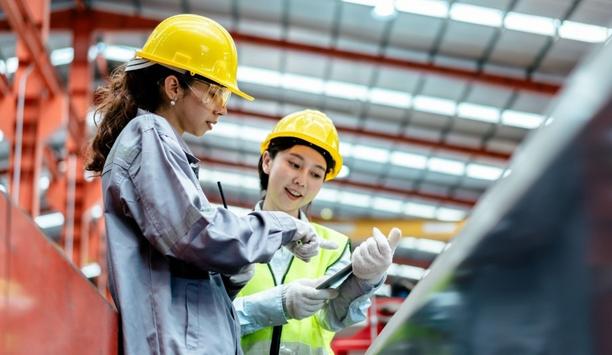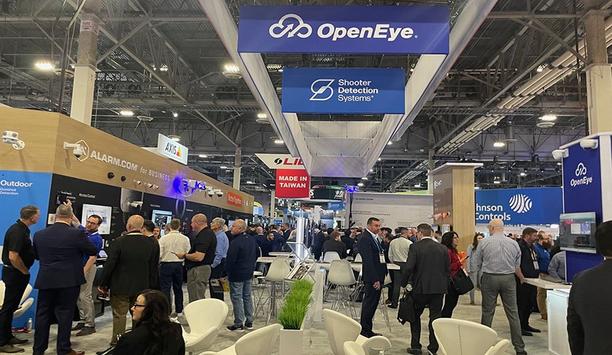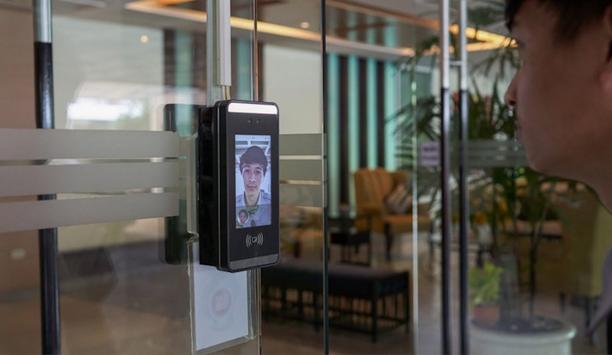 |
| Thermal cameras can often be used to cover larger areas than standard visible light cameras |
Smart thermal cameras use on-board video analytics and a high degree of video processing to detect people very accurately in complete darkness, bright sun, and bad weather over the typically large perimeters associated with transportation applications. Combining manpower and smart thermal technology makes security for transportation assets more effective. At the end of the day, it takes people to address active threats; technology, when it provides accurate, reliable information, extends guard force capabilities.
This approach lends itself particularly well to large transportation assets, whether the perimeter of an airport, seaport or rail yard. The same technology can also drive accountability: If an alert is presented and not responded to promptly, it can be escalated to the next level of command, ensuring the effectiveness of the entire security function.
“Often transportation end users rely on guards to secure very large areas under tight budgets,” says John Romanowich, CEO, SightLogix, Inc. “We can make their efforts more comprehensive by augmenting their capabilities with technology to increase awareness about unfolding events that they simply can’t know about otherwise.” For instance, thermal cameras can “see” in the dark and bright sun, in fog, bad weather and detect over very large areas. Greater awareness of unfolding events allows guards to appropriately focus their efforts where they are needed most, at the right time.
SightSensor smart thermal cameras have on-board electronic stabilisation to remove camera shake caused by train, plane or car vibrations, which would otherwise cause nuisance alerts for most video analytics systems. They can also project geo-registered target information onto a site map of the facility so an operator knows exactly where the intrusion is taking place and can respond directly. Using heat to detect intruders, SightSensor cameras solve the biggest problem with past perimeter security systems in the outdoors, which has been high nuisance and false alerts that operators eventually ignore.
For example, the New York State Bridge Authority (NYSBA) uses SightLogix smart thermal cameras to secure five Hudson River bridges, detecting authorised pedestrians, helping manage traffic incidents and securing bridges against vandalism and sabotage. SightSensors operate in all weather. They can detect people and boats in any lighting condition, ignoring car headlights, reflections off water, shadows from clouds, and other movement that would cause alarms for visible light cameras. Geo-referenced video analytics send alarms when a boat lingers too long near bridge pylons or a car breaks down, representing safety hazards.
The New York State Bridge Authority |
Bridges are exposed and vulnerable to incidents from all sides. SightSensors use geospatial video analytics to detect intrusions the instant violations occur. By sensing heat rather than visible light, they are a perfect “human detector” in both sun and darkness without additional lighting, and ignore headlights, reflections and movements of small animals, trees or blowing trash while accurately detecting unauthorized persons at great distances.
The system also reduces false alarms with electronic image stabilisation, which removes movement caused by wind and passing cars, a necessity for reducing false positives in a bridge application. According to the NYSBA director, SightSensors provide “a huge return on investment.” For example, securing one area with free access alongside woods could take thousands of feet of chain link fence, outdoor motion sensing devices and surveillance cameras to investigate alarms. SightSensors combine this functionality into a single system, providing cost savings.
ROI for the SightLogix systems comes with the reduction of financial losses; for example, the cost to refurbish a single railroad car following an act of vandalism could be as high as $5,000 to $10,000, along with lost revenue when a car is out of service. Thermal cameras with video analytics improve system ROI by providing highly reliable real-time detection that can be used to avoid incidents or stop an incident in progress.
Thermal cameras can often be used to cover larger areas than standard visible light cameras. Therefore, system camera counts can be reduced, with a resulting lower infrastructure costs to further improve the ROI equation.








































